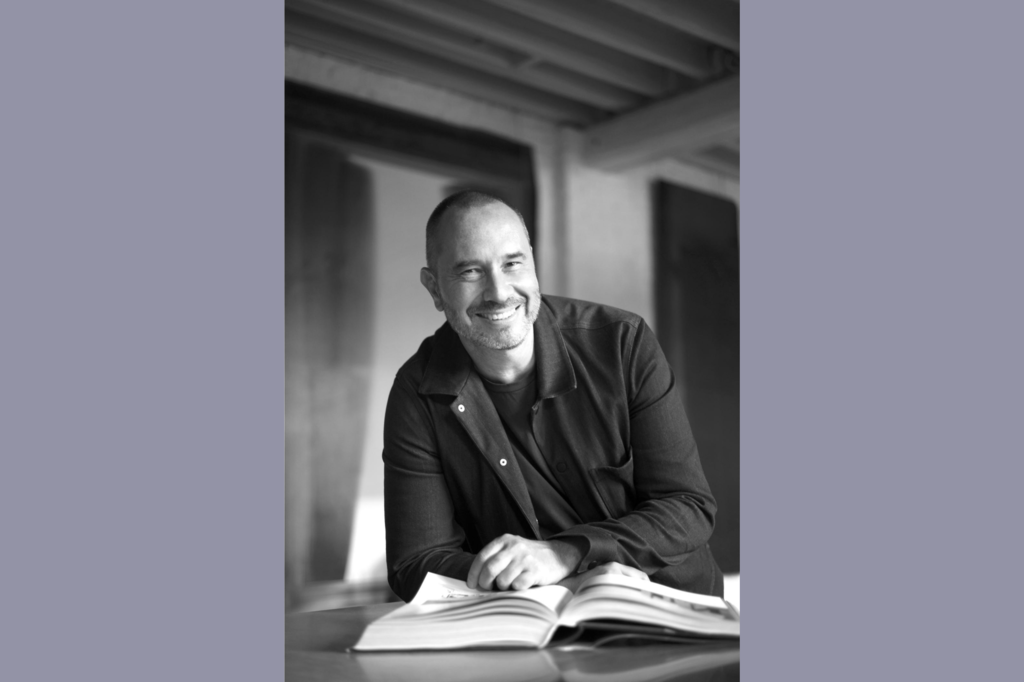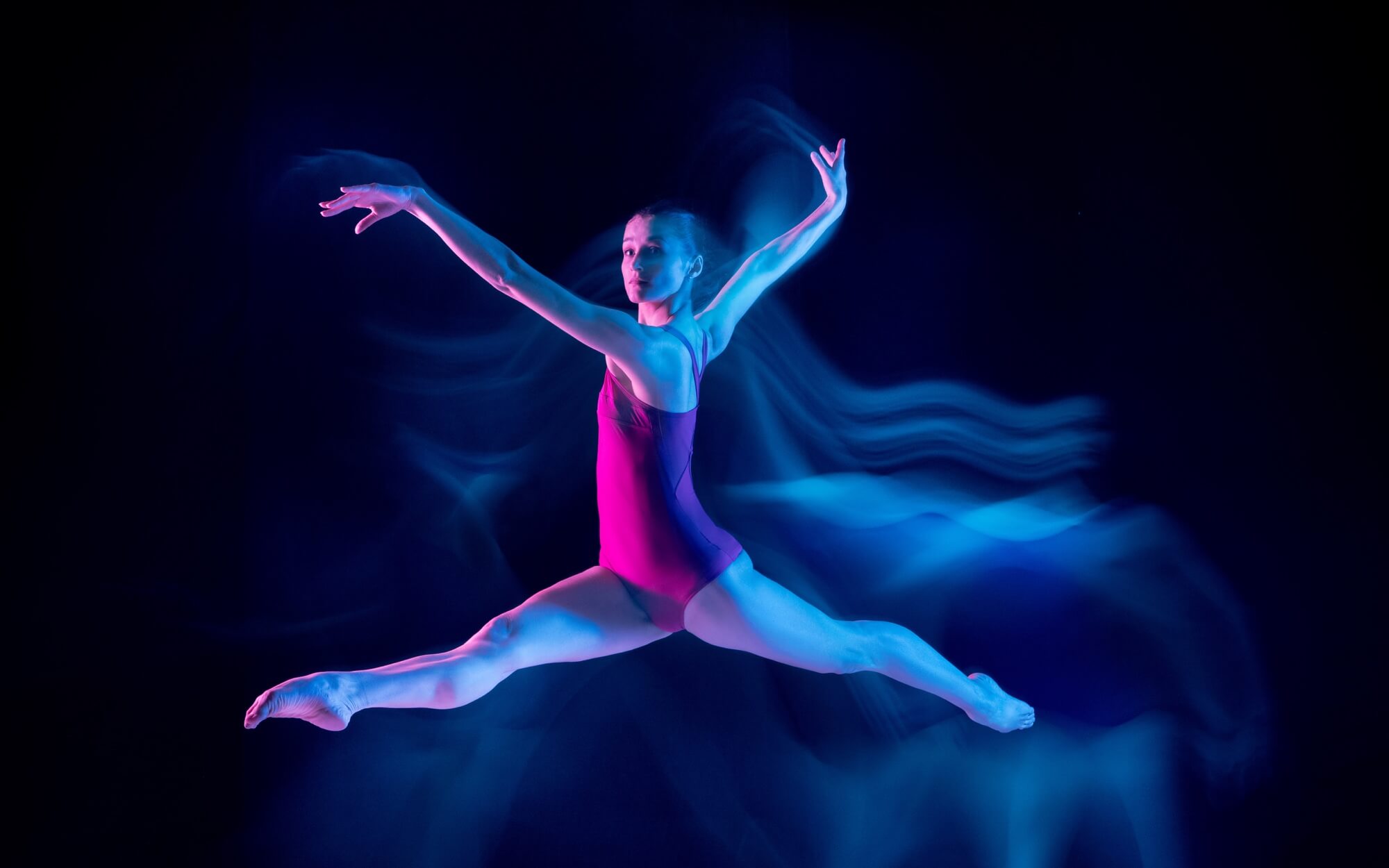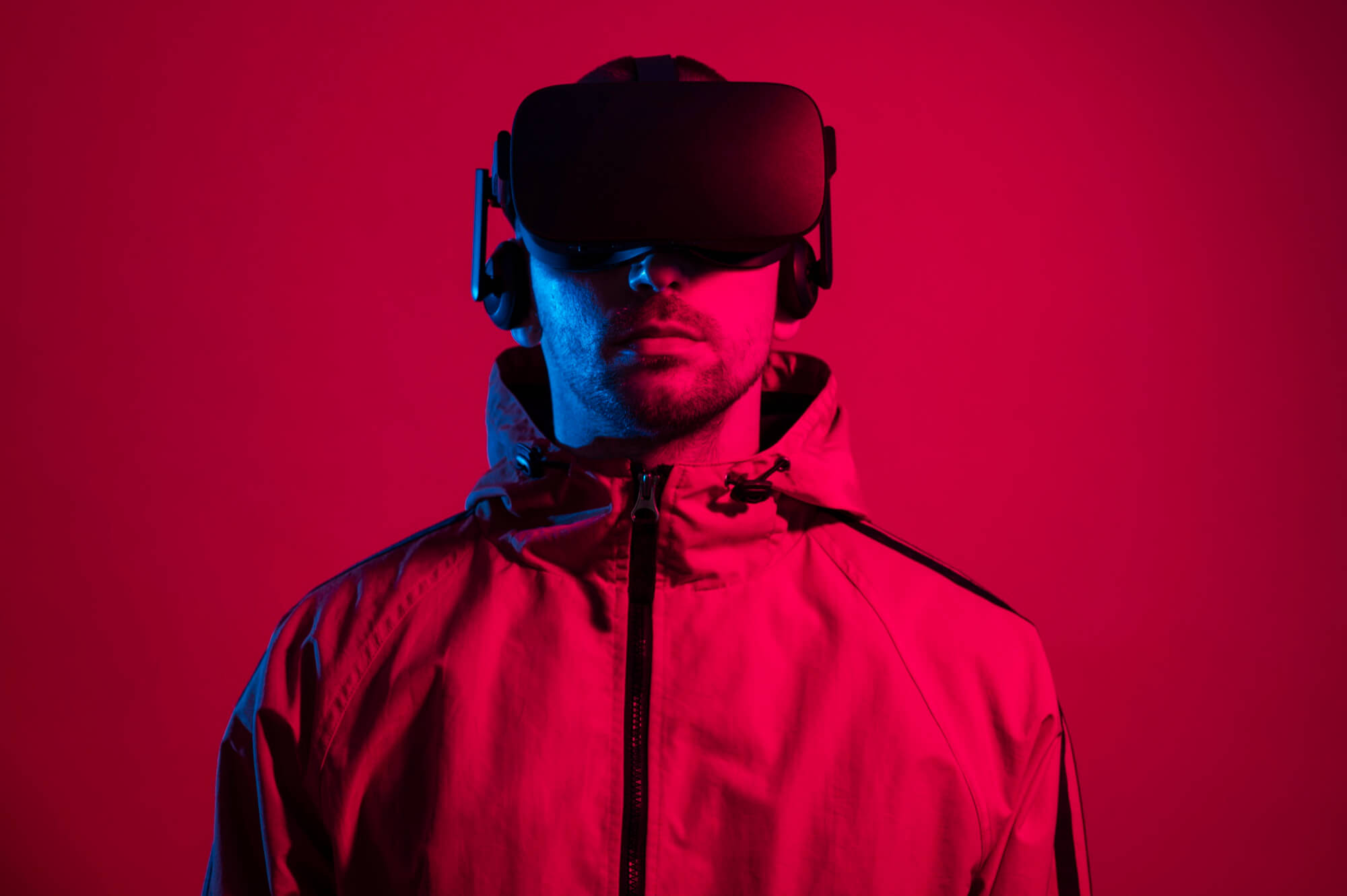Exploring the Fusion of Italian Craftsmanship and Contemporary Design Through Innovative Furniture Collaborations
Could you share the initial spark that led to your collaboration with Bonaldo? What attracted you to work with this brand?
I started working with Bonaldo the very first year I started designing under my own name. I had previously studied political science, worked in international finance for 5 years, taken a career break to study industrial design and worked for another designer for 2 ½ years. I started working under my own name at the end of 2007 and the opportunity to work with a well-established Italian brand like Bonaldo was certainly very exciting for the young designer that I was! Imagine working with great international designers like Ron Arad, Karim Rashid and countless others and being part of what makes Italian design what it is.

At that time I had just designed the little Tectonic table and didn’t know much about the design world! I was looking for a company that was willing to give a young designer a chance and that had the sensitivity and know-how to produce a collection of side tables in metal wire. I think it was the first metal wire table on the market. You could find historical chairs made with this technique, but not tables, and certainly not table tops, because people thought things would fall off the table. I had emailed Bonaldo with pictures of the concept, but never heard back. I finally met them in person at a trade show in Germany. We had a chance to talk and two days later they had the drawings and plans. It was January, just a few months before the Milan show in April. Everything went really fast and the tables were ready just in time. It was so tight that I didn’t even have a chance to see them in person before the show opened!

I think our collaboration took a different turn the following year with the release of the Big Table, which was just crazy. It took everyone by surprise and ended up becoming a design icon and a bestseller. It pretty much created a new segment of tables in the market. The fact that Bonaldo gave me a chance when I was just starting out is something I will never forget, nor the fact that they have always been very supportive over the years as our relationship deepened. Our collaboration has certainly changed my life as a designer!

Your designs for Bonaldo have been widely praised for their innovation and creativity. What process do you follow when conceptualizing new designs for the brand?
Whether it’s for Bonaldo or any other brand, I don’t really follow a process. I try to understand the brand, its specific know-how and expertise. In the case of Bonaldo, it’s very broad, because whatever they don’t produce themselves is produced by a close circle of family-owned subcontractors that are located just around them. I have to more or less understand what material and technology I can play with when I’m thinking about a concept, how far I can go in the detailing and finishes.

I’m not the kind of person who sits in front of a blank sheet of paper and waits for the right idea to come to me, or sketches until I find the right idea…actually, I don’t even like to sketch, and I don’t do it well! At some point I will see the general logic of a concept in my head and then go to the computer to do some rough 3D mock-ups. Little by little I will refine the shape until it translates the logic of the concept well. Very often the concept itself is not a shape but a logic, a way of looking at things.
For Bonaldo, since we started working together, I have often worked on the idea of perception, the idea of a piece of furniture that seems to have a different personality depending on the angle from which you look at it. But I’m also working on the idea of the graphic weight of a product, or more precisely, the discussion between the graphic weight of the different elements that make up a piece, in order to create new discussions, new visual interactions between the different elements that make up a piece of furniture. The idea is to create something fresh and exciting!
What role does the choice of materials and craftsmanship play in your designs, and how do you ensure a balance between aesthetics and functionality in your work?
Craftsmanship is key for me, because I like to play with the tradition and know-how of a company like Bonaldo. It’s also very reassuring when I’m working on a new project to know that I can push it very far and with a strong attention to detail that Bonaldo will be able to translate into the final piece.
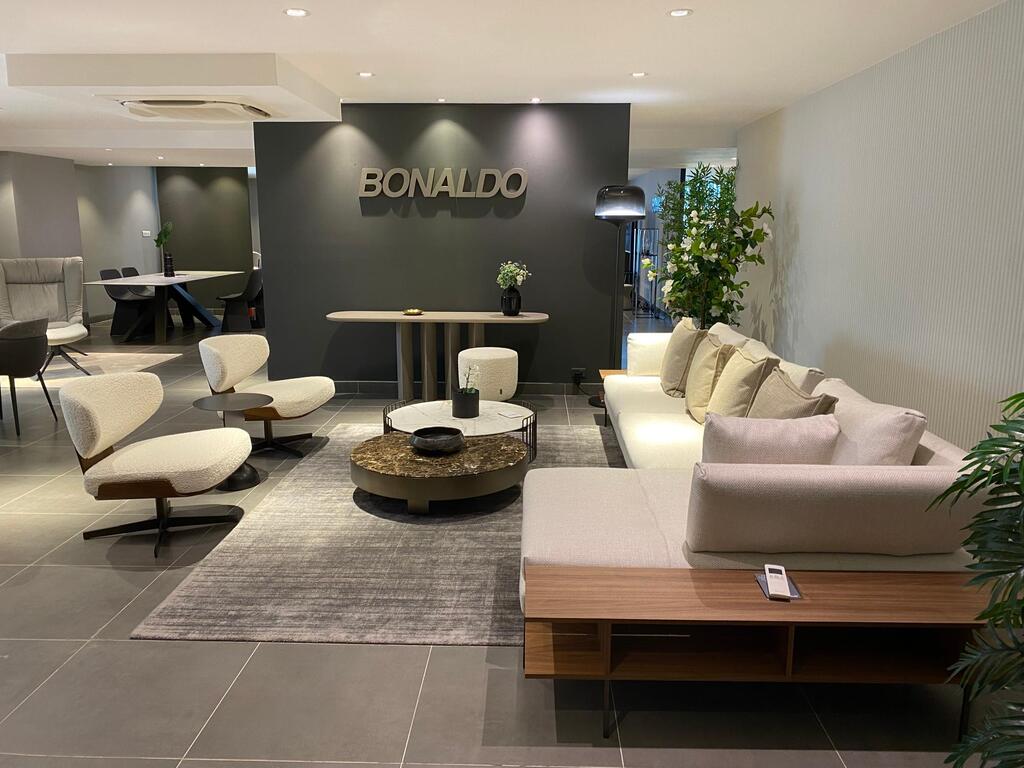
When I conceive a new project, I have a very loose approach to the material, because the logic of the piece, the concept of the piece, is what matters most to me, at least at the beginning. You have to keep in mind that I design and sculpt the pieces in 3D, on the computer, detached from the materiality. So, it is more or less at a second stage that I start to think about materials and finishes. Of course, I am exaggerating a bit when I say that, the reality is probably a bit different. When I think about materials I consider the structural qualities of a material, its visual qualities, by that I mean is it a warm or cold material, and then about its graphic qualities, so the impact and discussion it will create within the piece and then when used in a space/project. Material is technique, cost and meaning.
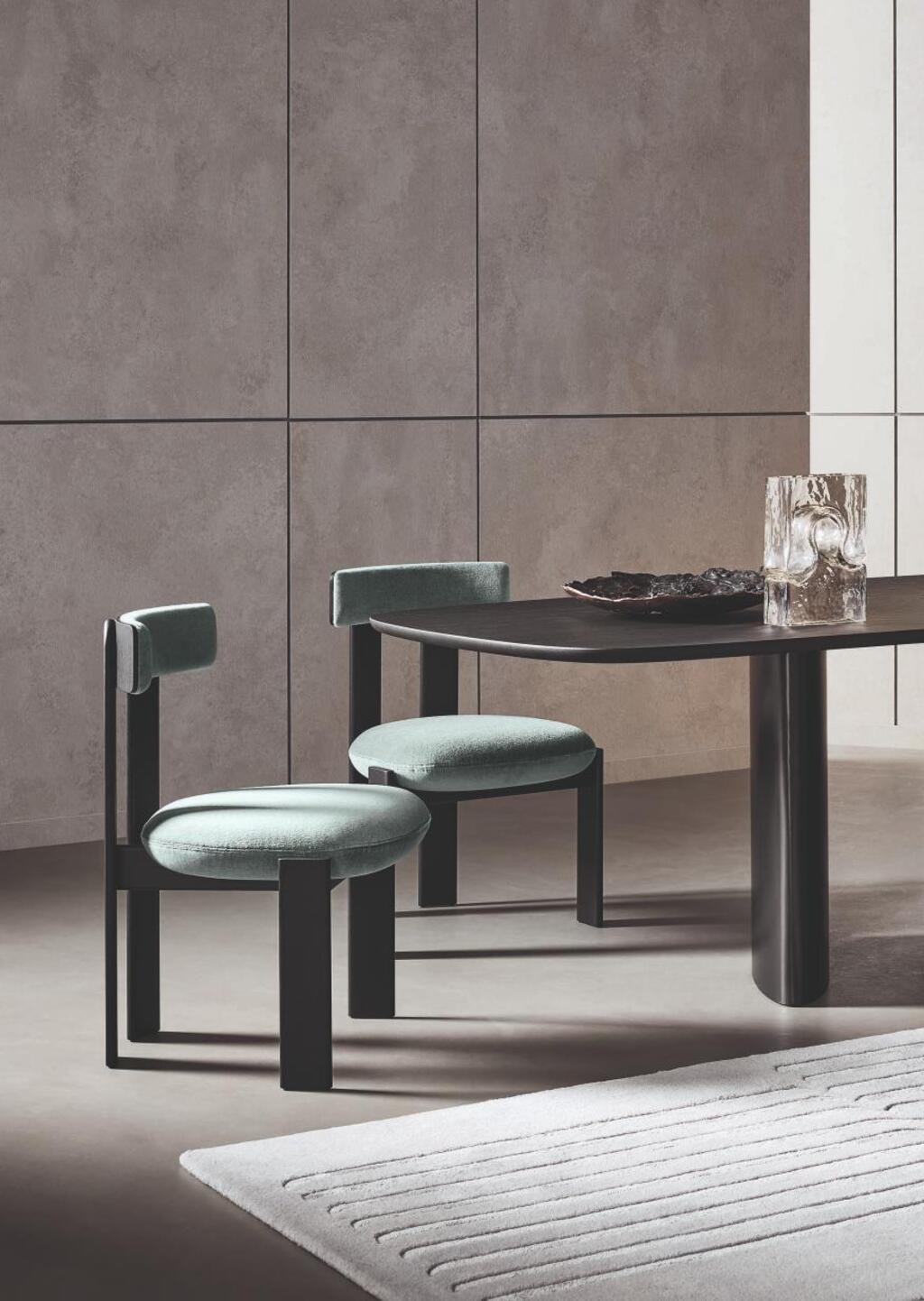
Whenever I design, even if I’m designing a very sculptural piece, my threshold is always to make sure that the functionality of the piece is not lost. If I lose the functionality, then I feel like I am doing more gallery work than anything else. Unless I was designing for a gallery, that wouldn’t be right. Design galleries offer some very interesting work, but the number of pieces is usually limited to 8, so it’s a whole different ball game!
How do you think Indian design trends are influencing the global design conversation, and how do they resonate with your work for Bonaldo?
India is a very big country and in a way a mosaic of cultures under one roof, so of course you can find many different trends. What I personally find most interesting and fascinating in India right now is the idea of using old traditions and techniques to create something new, to invent a new modernity and a new design language rooted in a certain tradition. There is also the idea that this will help to keep that know-how and tradition alive and relevant. In a way, this is very different from what we are doing with Bonaldo, an Italian company from the Veneto region around Venice, but on the other hand, what they are doing and what we are doing together is based on a long tradition of woodworking, metal, glass, ceramic know-how that has been modernized and transformed.
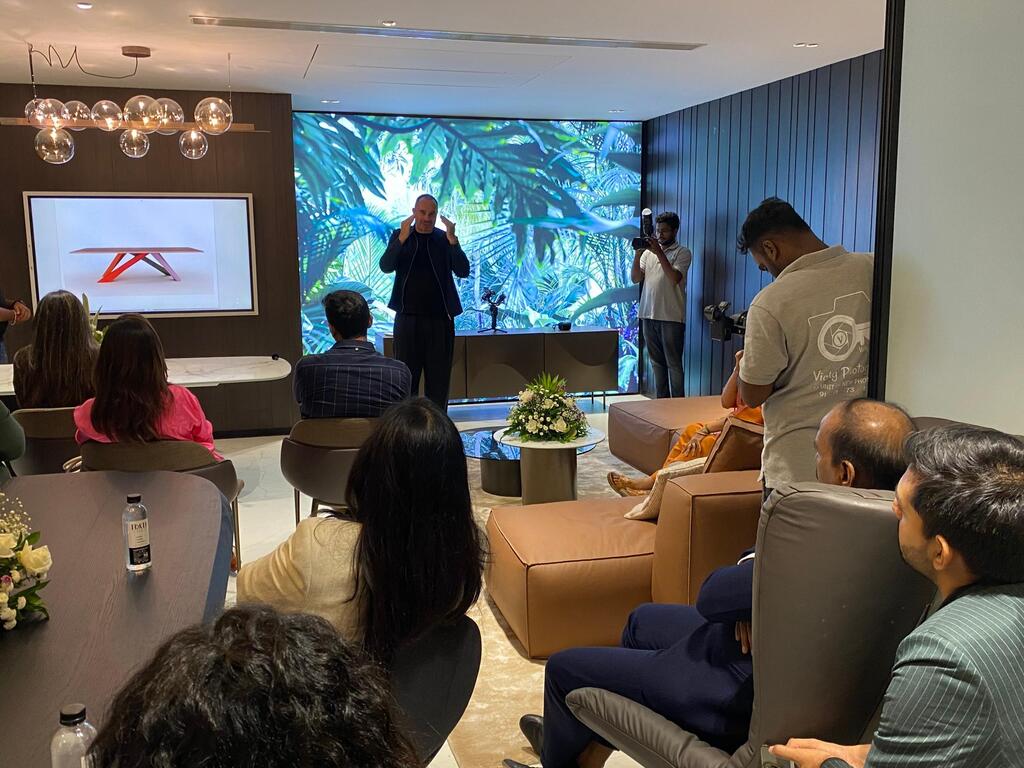
Going back to India, I really appreciate the work of my friend Saif Faisal, who in a lot of his work focuses on bringing some very specific techniques or vision into some of his very contemporary designs. I also very much like the local approach of Studio Raw Material, who work with offcuts, with leftover pieces of marble and stone from local stone producers in Rajasthan, and turn them into amazing one-of-a-kind pieces destined for the most prestigious galleries. In a completely different way, Aequo Gallery uses and ignites new blood in traditional workshops by having them collaborate with designers from around the world to create exceptional collectible design pieces. It goes without saying that these three players and others are taking part in the global conversation about what design is.
Could you both walk us through the development of one of your favorite products created together? What were some key challenges and milestones in bringing it to life?
We both decided to talk about the birth of the Padiglioni table! There is sometimes funny and informative to see how we ended up making this collection of tables together. The very first design was actually for a large coffee table with two different levels that eventually never went into production but gave birth to the eponym dining table collection.
A first quick prototype in polystyrene was made by Bonaldo. It had a “bottom”, some “pillars” in different shapes and a “roof”, or table top if you like. We tweaked the position of the “pilars” a bit and in the end we were all happy with the result. But as it turned out, it was too expensive to produce in solid wood and would not fit Bonaldo’s market, even though they are in the higher end of the market.

Looking at the prototype, we all felt like the general logic could be scaled up and maybe give birth to a dining table. So I went back to the drawing board and worked on the dining table version. I wanted to keep that idea of an architectural pavilion. This feeling of a scaled model of an open architectural structure that you could walk under and be protected by with a roof… of course that’s the general logic, the vision, but in reality it’s a table that you don’t walk under…
We were all happy with the prototype of the dining table, but the mass of solid wood needed for the two larger legs was very important, so Bonaldo’s R&D team looked for a solution. It wasn’t easy! The solution turned out to be quite technical, requiring investment in a mould and collaboration with the most specialized partners.
The whole table looks quite obvious now that it is produced, but with its very special legs it still had to be very stable and we had to make sure that the legs would never get in the way when people were sitting around the table. Bonaldo is not the type of company that compromises on these matters. As for the table top, it is also quite unusual because it is supposed to feel like a roof and is cut at an angle that is the opposite of what you would normally do.
Creating a special version with a marble top, as requested by some people in the market, was actually not an easy task, since the sculptural Padiglioni table is very much a micro-architecture made in a mono-material. Many tests were made on 3D models, it was all about the details. Finally, the marble is set into the wooden table top and has a very smooth and large curve all along its edges to blend in with the wood. It was important that the added marble enhanced the table and did weaken the original design.
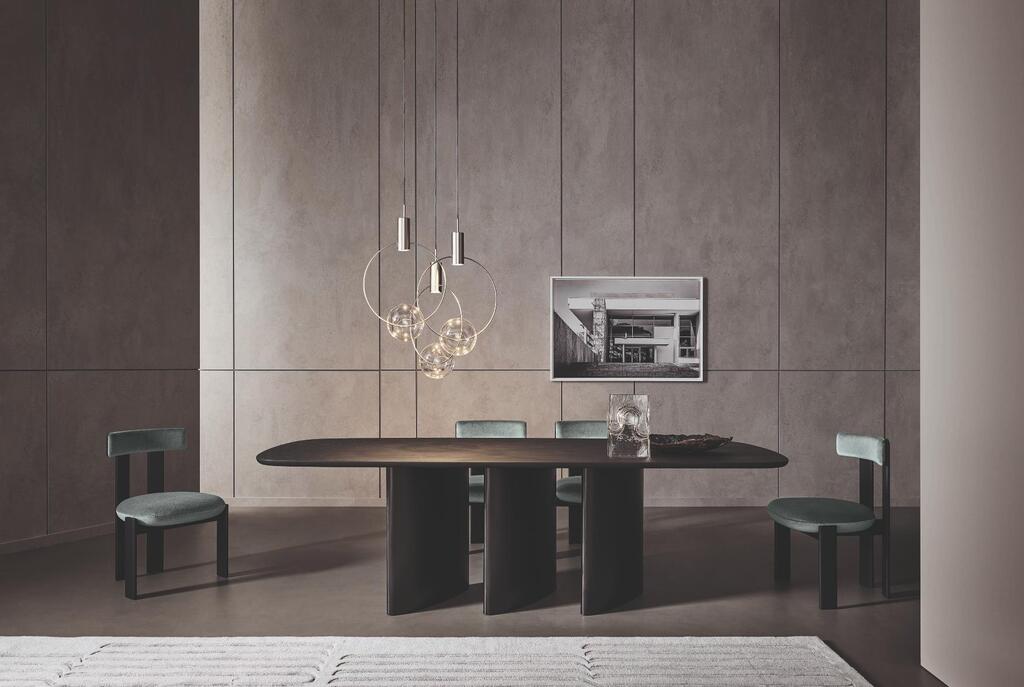
Given India’s rich history of craftsmanship, how do you both see the intersection of traditional Indian craftsmanship and contemporary design in the products you create?
I think that what we are producing in collaboration with Bonaldo are very modern pieces of furniture with a certain charm and tradition, but also with a minimalist aspect. So if you look at the whole room or the interior project in general, these more modern pieces would go very well with more artistic and historic Indian pieces. Because they are so different, they would complement each other and make for more unique and personal interiors that are rooted in their place of origin.
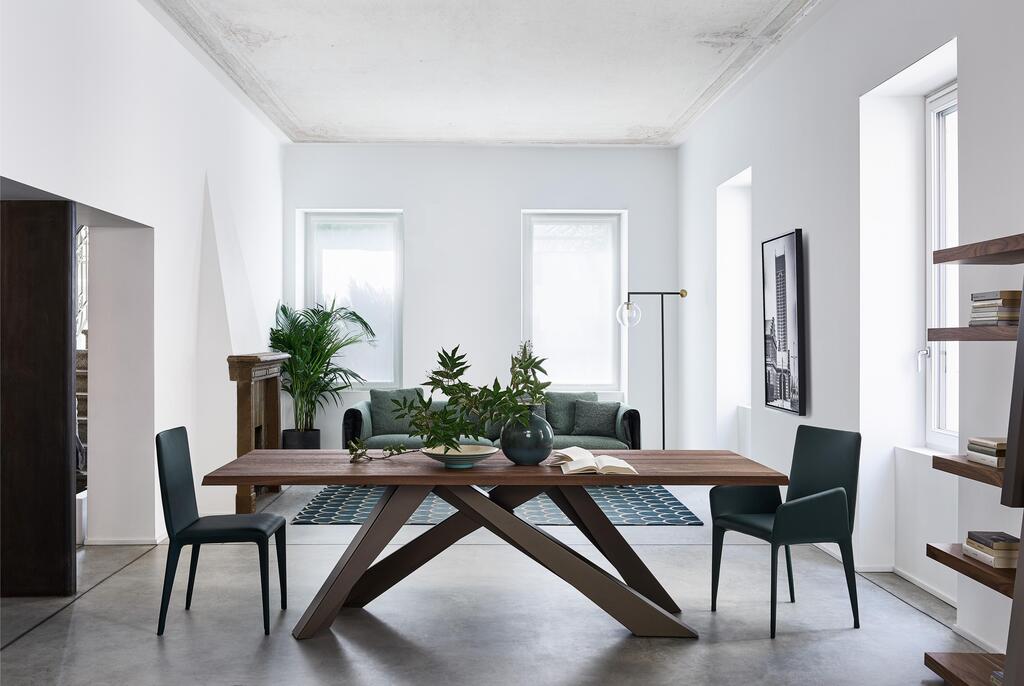
What have you observed about Indian consumers’ tastes and preferences when it comes to high-end furniture and design? Are there specific trends or cultural nuances that you’ve found particularly interesting?
Most of the people we met while traveling around India with Bonaldo were generally very high-end interior designers who catered to a very specific niche of clients. My first feeling, apart from the fact that they were all extremely nice people, was that they were very knowledgeable. They understood very well the qualities of a design, its subtleties. They were looking for innovation, difference, quality, but also a certain timelessness. They all had very well-trained eyes, and they were not just looking for the sort of nouveau riche, exuberant pieces. You could see that they had traveled the world, sometimes even studied in England. So they could understand the references and act as a bridge between Western and Asian cultures, taking inspiration from the richness of both worlds and translating it into their own personal interior visions.
Connect Online@www.alaingilles.com/en
